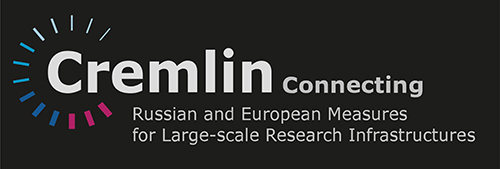Speaker
Description
Analysis of new advanced materials and their processing properties often requires investigation under high temperatures and forces. Current equipment for fast and controlled cooling/quenching experiments does almost not exist, but is desirable to mimic industrial material processing, because the heating and cooling rates significantly influence the resulting microstructure and/or the formation of precipitates and thus determine mechanical properties. Therefore, a DIL 805A/D quenching and deformation dilatometer (TA Instruments, Hüllhorst, Germany), enabling precise temperature control during heating and cooling as well as in tension or compression tests, has been modified for use at the HZG neutron instruments at MLZ. Such a modified dilatometer is currently in use at a HZG synchrotron beamline at PETRA III, DESY (Hamburg, Germany) demonstrating attractive possibilities for in-situ investigations. As synchrotron and neutron radiation offer different contrast properties, having both opportunities delivers the largest benefit. One of the experiments that require neutron diffraction is an investigation of the ordering and disordering beta phase transformation in TiAl alloys. We will present more details of this research project. In addition, other selected future investigations taking advantage from the neutron dilatometer at the instruments STRESS-SPEC and SANS-1 at MLZ and few recent synchrotron investigations will be shown.

